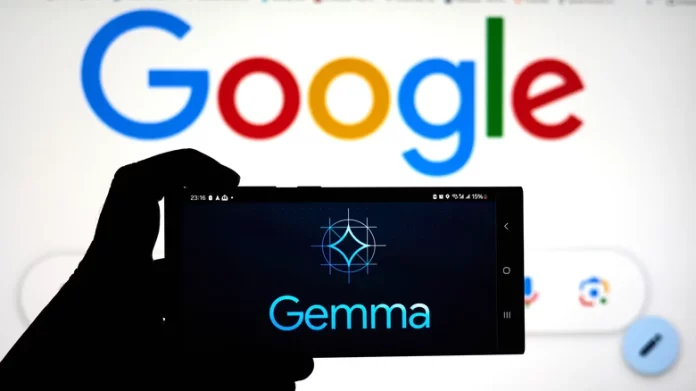Google’s latest advance in medical AI has the potential to reshape cancer treatment. Partnering with researchers from Yale University, the company announced a major breakthrough this week — a discovery that may pave the way for new cancer therapies. The achievement stems from an AI model called Cell2Sentence-Scale 27B (C2S-Scale), built on Google’s open-source Gemma models. According to Google, the model helped scientists identify an existing drug that could significantly improve immune response against tumors.
Artificial intelligence has long been expected to transform medicine by enabling new discoveries, but this latest finding demonstrates that such progress isn’t limited to future frontier systems. It’s happening now. Notably, this isn’t the first time AI has pushed the limits of medical science — Robin AI has also contributed to research into a potential cure for blindness.
What is Gemma and how it powers C2S-Scale
Gemma is Google’s family of open-source models built on the same architecture used in the company’s Gemini AI. Compact yet powerful, these models can run on both computers and mobile devices. The C2S-Scale model, part of this lineup, is specifically designed to understand individual cells and their behaviors. Google has also made it publicly available to researchers to accelerate scientific progress.
In collaboration with Yale, the C2S-Scale model generated new hypotheses about cancer cell biology — insights that were later confirmed through laboratory testing. Clinical trials will be needed to verify the findings, but if successful, the results could lead to entirely new approaches to cancer immunotherapy.
How the AI model found a new therapy
Using C2S-Scale, researchers set out to identify drugs capable of transforming “cold” tumors into “hot” ones. In immunology, a cold tumor hides from the immune system by exhibiting few surface antigens, while a hot tumor displays enough antigens to trigger an immune attack. The researchers posed a specific challenge to the AI: find a compound that could act as a conditional amplifier — one that boosts immune response only in environments already showing some immune activity, such as low levels of interferon, a key immune-signaling protein.
The team created two virtual conditions for screening:
- Immune-Context-Positive: real-world tumor samples with intact immune interactions and low interferon activity.
- Immune-Context-Neutral: isolated cell-line data without immune activity.
C2S-Scale analyzed more than 4,000 known drugs to determine which could selectively increase antigen presentation only in the immune-active context. Among the candidates, about 10–30% matched existing literature, while others were unexpected. One of the most surprising was silmitasertib (CX-4945), a drug previously known as a CK2 inhibitor.
Lab results confirm the AI’s prediction
Google reported that the model predicted a strong increase in antigen presentation when silmitasertib was applied along with interferon, but little to no effect in the neutral context. This revealed a promising new use for a known compound: combining silmitasertib with interferon to make tumor cells more visible to the immune system.
Researchers then validated the AI’s hypothesis in laboratory experiments using human neuroendocrine cell models that the AI had not encountered during training. The results were impressive — the combination of silmitasertib and low-dose interferon increased antigen presentation by roughly 50%, whereas either drug alone produced minimal results.
What’s next
Yale teams are now investigating the newly discovered mechanism and testing other immune-related predictions produced by C2S-Scale. While this therapy is not yet ready for clinical use, the findings underscore how AI can accelerate hypothesis generation and drive discoveries in medical research.
Scientists and institutions interested in using this technology can access C2S-Scale and supporting materials through Google’s open resources, potentially unlocking more breakthroughs in the fight against cancer.




